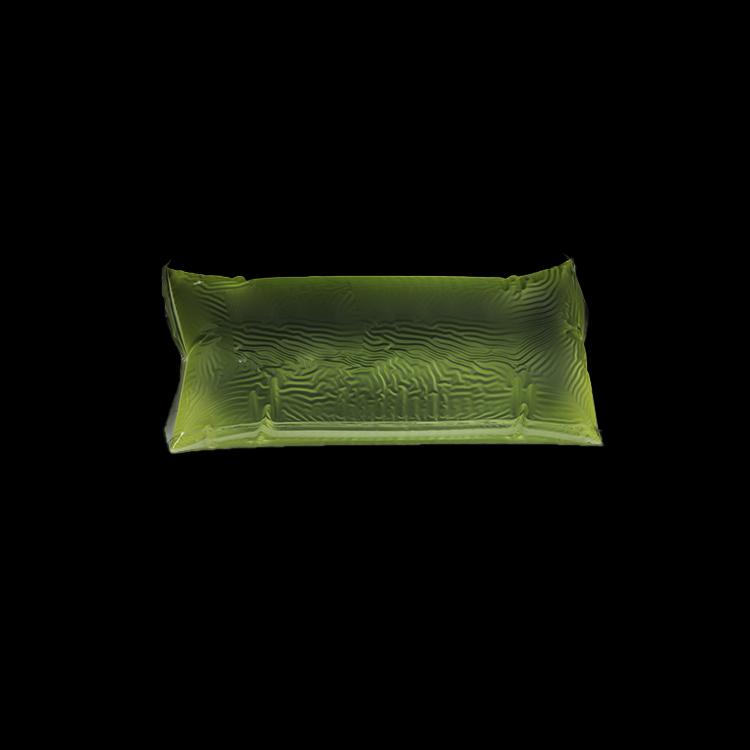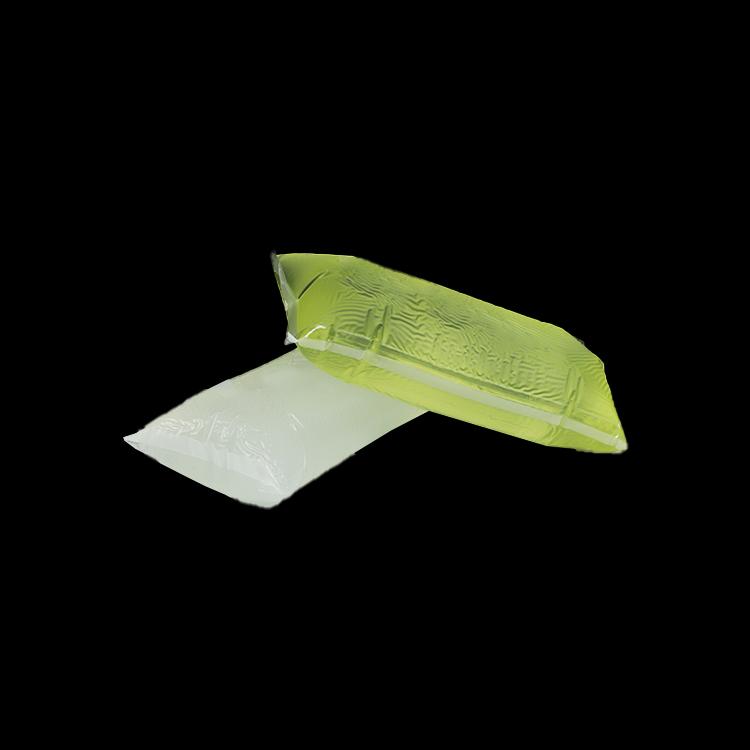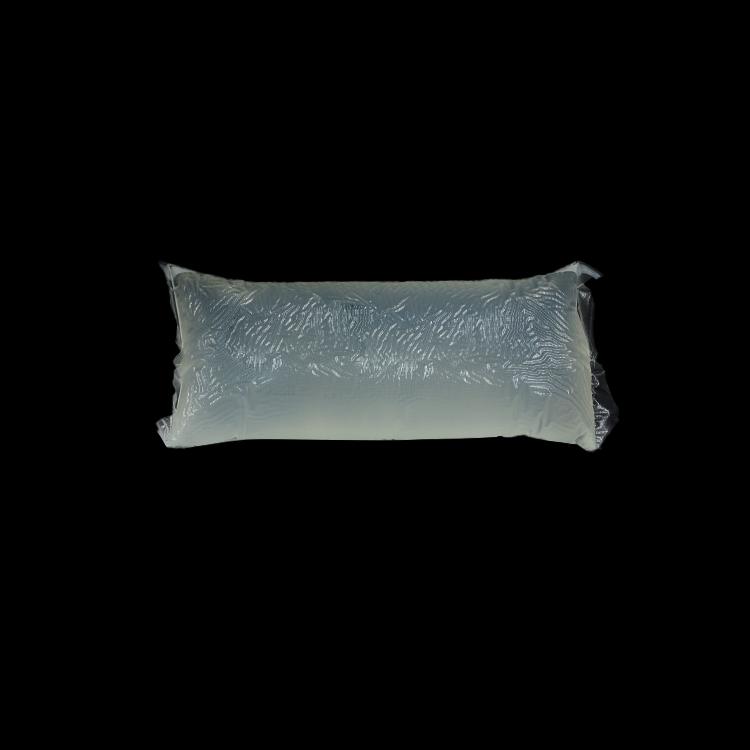Author:Baby & Adult Diaper Materials FROM:Diaper Materials Manufacturer TIME:2023-03-03
Whether it is a domestic or international big-name diaper, the mainstream urine display functions are mainly divided into two types: one is the hot-melt wetness indicator adhesive technology, and the other is the ink urine display technology. Most of the urine display functions that will change color use hot-melt technology, and those that will fade and disappear mainly use ink urine display technology. So, for users, which technology is better?

The principle of ink urine display is to add small molecules with color to the ink. When the urine comes into contact with it, the ink and these small molecules are washed away by the urine, and the color disappears to achieve the effect of prompting. However, some problems also follow. These colored chemicals will gradually spread in the core layer with the scouring of urine, not only the aesthetics will be destroyed, but also the color effect of urine will not be obvious. In addition, these colored chemicals will rub against the core layer when the baby is vigorously exercising, easily migrate and fall off, and eventually lose the function of urine display. In contrast, wetness indicator adhesive overcomes the above defects and is not easy to fall off. It is firmly adhered to the substrate by hot melt adhesive. The color and shape before and after discoloration can always remain bright and complete, and it is non-toxic and harmless.

(1). Safety It is non-toxic and reliable.
(2). Thermal stability wetness indicator adhesive has thermal stability. When the temperature rises above 110℃, it is easy to carbonize, crust and turn black in color. At such high temperature, some components that promote its discoloration may Separation occurs and eventually no discoloration occurs. Therefore, its use temperature should be controlled within a suitable operating range.
(3). Environmental stability It has environmental stability. During the storage process of diapers, if exposed to humid air, due to water absorption, it is prone to a slow color change, from yellow to green, and finally to blue, losing the function of urine display. Therefore, it must be resistant to moisture in the air.
(4) Strong discoloration It has strong and vivid color contrast changes in the process of discoloration. When urine adheres to its surface, the color shift, if not strong enough, makes it impossible for the user to judge the color change through the translucent base film.
(5). Washing resistance It has washing resistance, can resist repeated urine erosion, and does not fall off.
(6). Rapid responsiveness It has rapid responsiveness. After the urine is soaked, it will change color immediately to prompt parents to respond.
(7). Gradient discoloration wetness indicator adhesive also has the function of gradient discoloration. Because if the first urine makes the wet urine show the final color—blue, then the second urine can no longer change the color and loses the function of urine display. If the urine is replaced for the first time, it will undoubtedly increase the cost. Therefore, it must have the function of slow discoloration, and the color will gradually deepen from yellow to green to blue after each flush of urine. In this way, parents can have more choices to judge the water absorption degree of diapers by a certain color, and replace them in time.
(8). Good UV resistance.
(9). Excellent aging resistance.
(10). Easy production operation and application.

For most new parents, the easiest way to tell when to change diapers is to look at the wetness indicator adhesive on the diaper. At this stage, the more mainstream urine display technology is hot-melt urine display technology and ink urine display technology. Understanding the difference between the two, as well as the properties of hot melt adhesives, will help parents make better choices and use diapers.

 Email: info@whldiapernonwoven.com
Email: info@whldiapernonwoven.com
 MP/WhatsApp: +86-13599937366
MP/WhatsApp: +86-13599937366
 Manufacturer Address:Room 1105B, Bld M1, Manhattan, Yulongwan, Shimao, Shuanglong Road, Meiling Street, Jinjiang, Fujian, China
Manufacturer Address:Room 1105B, Bld M1, Manhattan, Yulongwan, Shimao, Shuanglong Road, Meiling Street, Jinjiang, Fujian, China